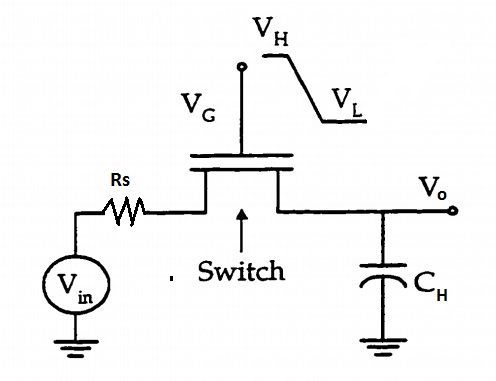Colbhaidh
Full Member level 6
Contact 4 must be Aliminium of the capacitor will not work properly. Contact 3 does no need to be aluminium.
Try this but put the gate back to n.poly.
If you extract the Id Vd values into excel, then dIds/dVds is just the value of Ids for this cell - Value of Ids for cell above divided by value of Vd for this cell - value of Vd for cell above. Then just plot this colun vs Vds.
Try this but put the gate back to n.poly.
If you extract the Id Vd values into excel, then dIds/dVds is just the value of Ids for this cell - Value of Ids for cell above divided by value of Vd for this cell - value of Vd for cell above. Then just plot this colun vs Vds.
